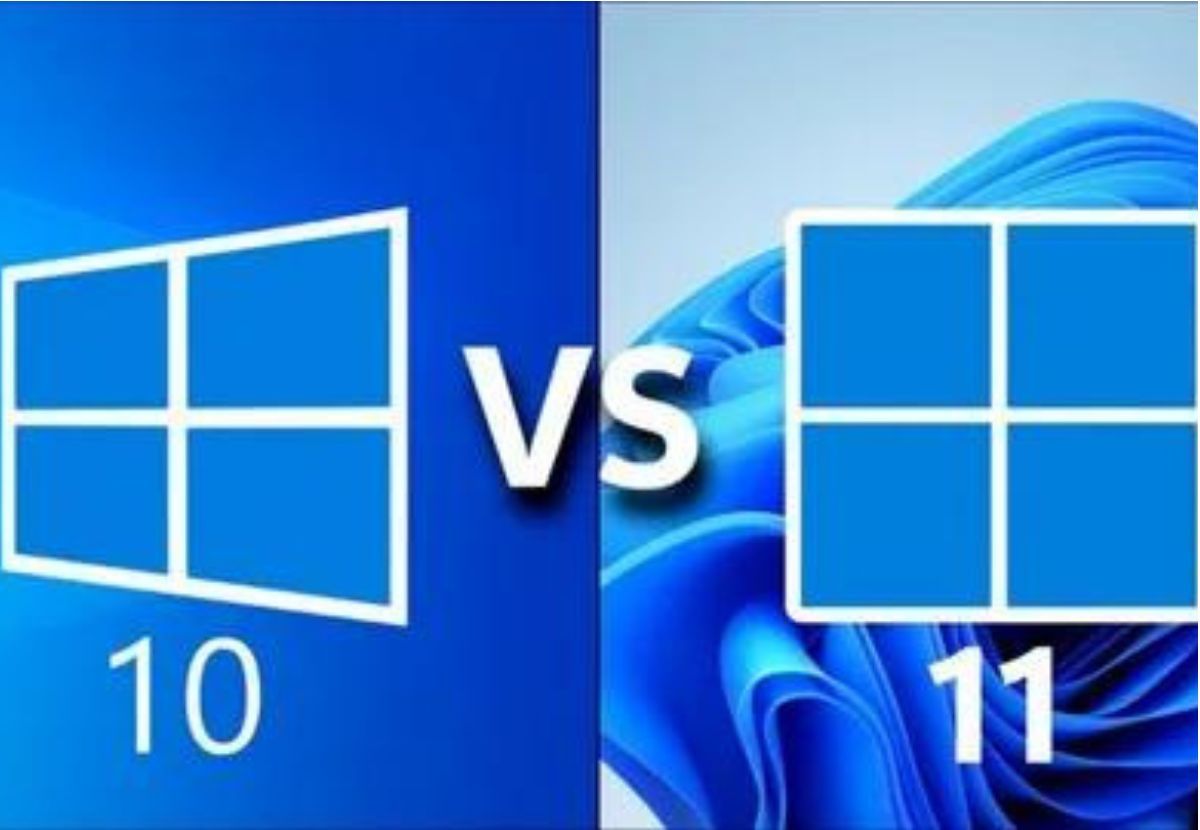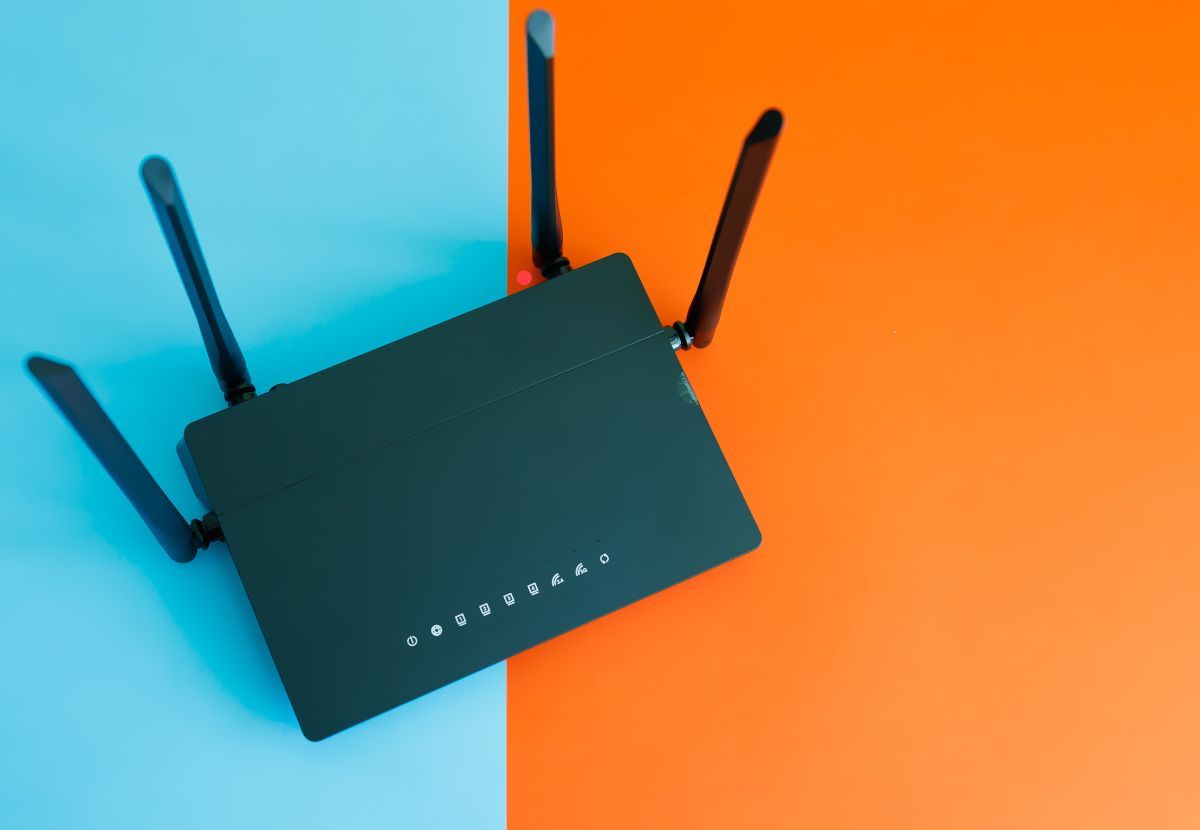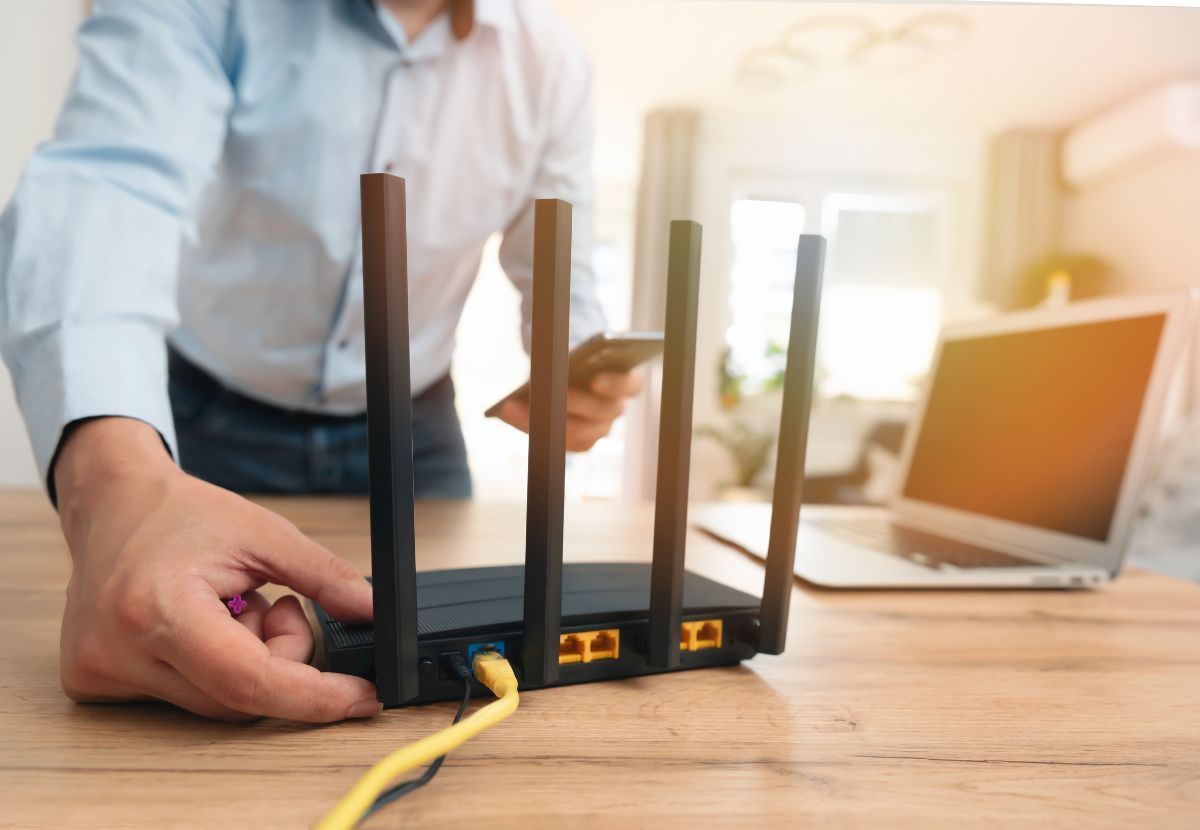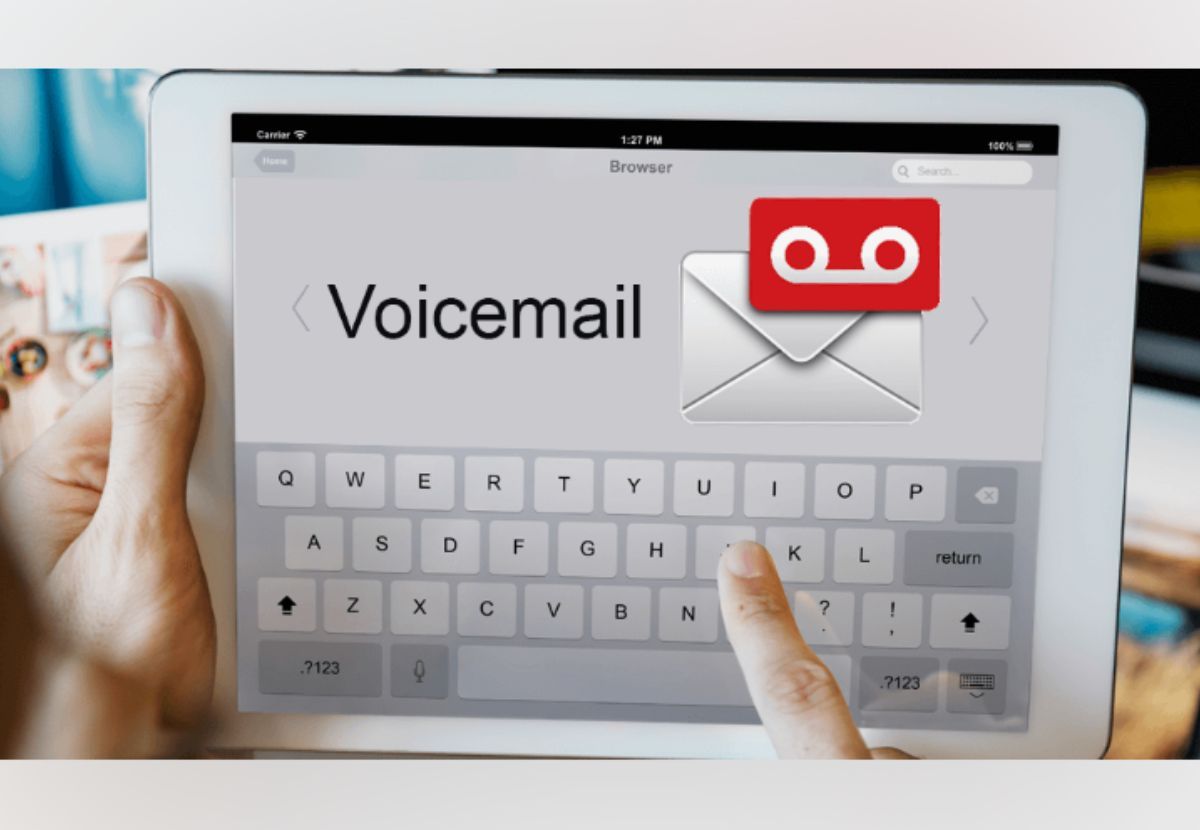
In a world where time is of the essence, the ability how to dial straight to voicemail is a game-changer. It offers a level of convenience that many find indispensable in various situations. Whether trying to maintain privacy, save time, or avoid direct conversations, mastering the art of going straight to voicemail is worth acquiring.
Table of Contents
- Reasons to Use Straight to Voicemail
- How to Dial Straight to Voicemail on Different Devices
- Tips for Effective Use
- Alternatives to Straight to Voicemail
- Implications on Communication
- Voicemail Security
- Real-life Scenarios
- The Ethical Aspect
- Social and Professional Impact
- Dialing Straight to Voicemail: Legal Aspects
- User Experiences and Opinions
- Overcoming Stigma
- Conclusion
Reasons to Use Straight to Voicemail
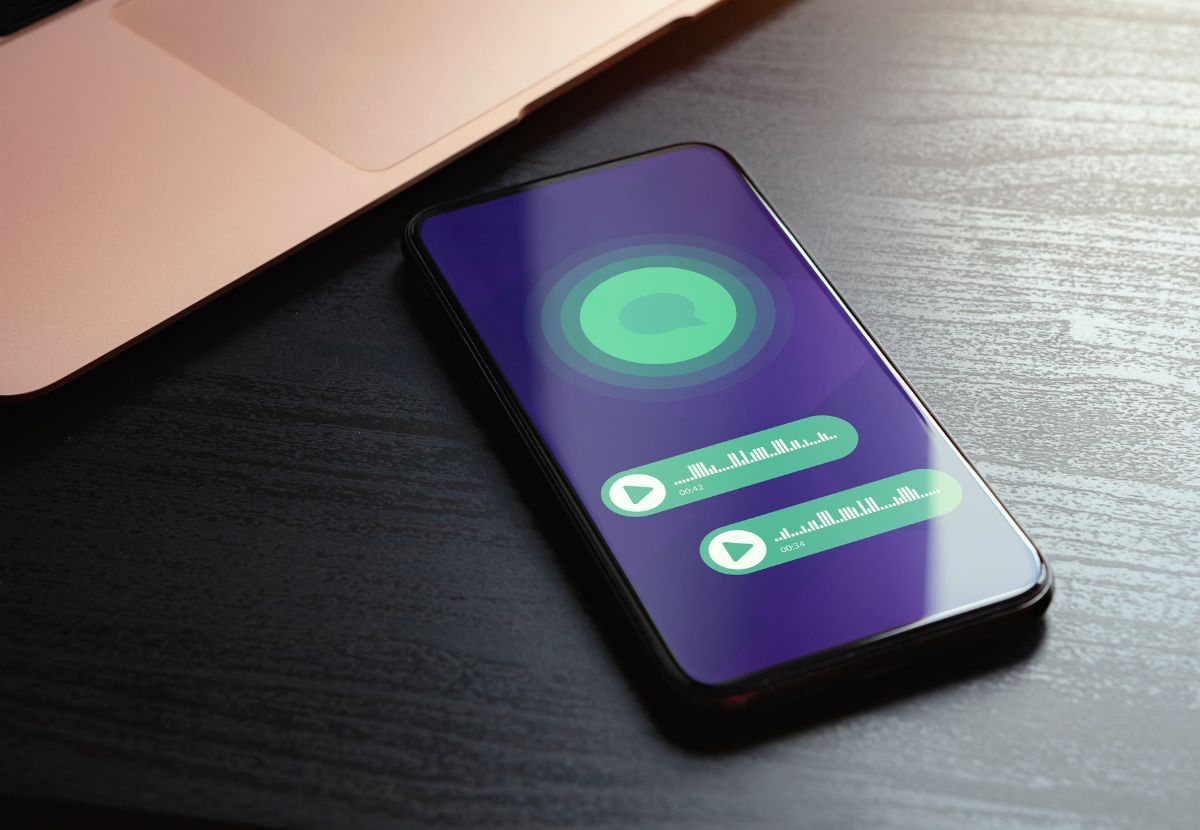
In today's fast-paced world, the ability to go directly to voicemail has become a valuable tool in managing communication effectively. Here are some compelling reasons why people opt for this method:
Maintaining Privacy
Preserving personal space and privacy is a top priority for many. Going straight to voicemail allows individuals to control the timing and manner of their response, preventing immediate intrusion into their private moments.
Saving Time in Urgent Situations
In critical situations where time is of the essence, bypassing the traditional ringing process and leaving a voicemail ensures that the message is delivered promptly. This can be specifically useful in emergencies or time-sensitive matters.
Avoiding Direct Conversations
Not every message requires a live conversation. Dialling straight to voicemail allows the sender to convey a concise and well-thought-out message without engaging in a lengthy dialogue. This is especially beneficial when a quick update or clarification is needed.
Managing Communication Overload
In a world inundated with constant communication, going straight to voicemail offers a means of managing overload. It allows individuals to prioritize messages, responding at their convenience without being constantly tethered to their phones.
Convenience in Professional Settings
The straight-to-voicemail feature proves advantageous in professional settings where time is money. It enables professionals to filter and handle calls efficiently, ensuring that important messages are received and addressed without interruptions.
Preserving Emotional Energy
Direct conversations can be emotionally draining, especially in challenging or sensitive situations. Going straight to voicemail allows individuals to gather their thoughts before responding, preserving emotional energy and promoting thoughtful communication.
Enhancing Productivity
For individuals focused on productivity and workflow, the ability to leave a voicemail without engaging in a call streamlines communication. It minimizes disruptions, allowing recipients to review and respond to messages when they align with their schedule.
Avoiding Unwanted Calls
Unwanted or spam calls are a common nuisance. Going straight to voicemail provides a means of screening calls, helping individuals avoid interruptions from unknown or undesired numbers.
Conducive for Introverts
Introverted individuals, who may find direct communication draining, appreciate the option to go straight to voicemail. It gives them a more comfortable avenue for receiving and responding to messages.
Effective Information Delivery
In scenarios where the message content is more critical than the conversation itself, leaving a voicemail ensures that the information is delivered accurately and comprehensively without needing real-time dialogue.
Understanding these reasons illuminates the multifaceted benefits of dialling straight to voicemail, highlighting its role in modern communication strategies.
Mastering the art of going straight to voicemail is about convenience and understanding the intricacies of different devices. Whether using an Android phone, an iPhone, or a traditional landline, here's a comprehensive guide on seamlessly dialling straight to voicemail.
Instructions for Android Phones
Open Your Phone App:
- Establish the phone app on your Android device. A phone icon usually denotes this.
Enter the Number:
- Input the recipient's phone number as you normally would.
Press and Hold "1":
- Once the number is entered, press and hold the number "1." This action will take you directly to the voicemail menu, allowing you to leave your message without the phone ringing.
Instructions for iPhones
Enter the Number:
- Type in the phone number of the recipient using your iPhone.
Tap the (i) Icon:
- Next to the entered number, you'll find a small (i) icon. Tap on it to access additional options.
Send to Voicemail:
- Within the information menu, you'll see the option to send the call directly to voicemail. Select this option to bypass the regular calling process.
Voicemail Shortcuts on Landline Phones
Even if you're using a traditional landline, you can still take advantage of shortcuts to go straight to voicemail.
Access Voicemail Menu:
- Dial your voicemail access number. This is typically your phone number or a specific number provided by your service provider.
Skip the Ringing:
- While the phone is ringing, look for an option to skip or bypass the ringing process. This may involve pressing a particular key or following a prompt.
Leave Your Voicemail:
- Once you've navigated to the voicemail menu, you can leave your message without needing the recipient's phone to ring.
Understanding these device-specific instructions empowers you to utilize the straight-to-voicemail feature seamlessly across various platforms. Whether you're an Android enthusiast, an iPhone fan, or someone who prefers the familiarity of a landline, dialling straight to voicemail is a versatile skill that enhances your communication efficiency.
Tips for Effective Use
While dialling straight to voicemail can be a convenient communication strategy, it's crucial to approach it thoughtfully to maintain positive relationships and effective communication. Here are some tips for making the most out of the straight-to-voicemail feature:
Etiquette Considerations
Be Concise:
- Keep your voicemail messages short and to the point. Respect the recipient's time by delivering your message efficiently.
Provide Relevant Information:
- Ensure that your voicemail contains the necessary details. Be clear about the purpose of your call to avoid confusion.
Avoid Overusing the Feature:
- While convenient, refrain from using the straight-to-voicemail feature excessively. Direct communication is essential for building and maintaining relationships.
When and When Not to Use This Feature
Urgent Matters:
- Reserve straight voicemail for urgent situations where a quick message is more appropriate than engaging in a live conversation.
Professional Settings:
- Exercise caution when using this feature in professional settings. Assess whether it aligns with the formality and expectations of the situation.
Personal Relationships:
- In personal relationships, consider the feelings of the other person. Use straight voicemail judiciously, especially when direct communication is valued.
Troubleshooting Common Issues
Check Recipient's Voicemail Settings:
- Before using the straight-to-voicemail feature, ensure the recipient's voicemail settings allow messages without ringing. Some individuals may have specific preferences.
Technical Considerations:
- If experiencing issues, check your device settings and ensure your phone's software is current. Technical glitches can sometimes hinder the smooth operation of this feature.
Considerate Communication
Time of Day Matters:
- Be mindful of the time when leaving voicemail messages. Avoid late-night or early-morning calls unless it's an emergency.
Respectful Tone:
- Maintain a respectful & professional tone in your voicemails. Your message should convey courtesy and consideration even if the conversation is not live.
Follow Up Appropriately:
- Follow up with the recipient through appropriate channels if further discussion is required. Straight to voicemail is a tool, not a substitute for meaningful dialogue.
Balancing Efficiency and Courtesy
Use in Productive Contexts:
- Leverage the straight-to-voicemail feature in contexts where efficiency is crucial, such as conveying brief updates or information.
Exercise Empathy:
- Put yourself in the shoes of the recipient. Consider how they might perceive a voicemail as opposed to a live conversation.
Educate Contacts:
- Inform your contacts that you occasionally use the straight-to-voicemail feature for quick, non-urgent messages. This sets clear expectations.
Maintaining Healthy Communication
Evaluate Effectiveness:
- Periodically assess the effectiveness of using straight-to-voicemail in your communication strategy. Adjust your approach based on feedback and evolving relationships.
By incorporating these tips into your communication routine, you can make the most of the straight-to-voicemail feature, ensuring that it is a valuable tool without compromising the quality of your interactions.
Alternatives to Straight to Voicemail

While dialling straight to voicemail offers a convenient way to communicate without engaging in live conversations, exploring alternative methods that may better suit certain situations is essential. Here are some effective alternatives to consider:
Texting as an Alternative
Instant Messaging:
- Opt for instant messaging or texting when your message can be conveyed effectively through written communication. Texts are quick, concise, and provide a record of the conversation.
Multimedia Messages:
- Use multimedia messages when visuals or attachments enhance your message. Photos, videos, or documents can be shared seamlessly through messaging apps.
Group Chats:
- For collaborative discussions or sharing information with multiple recipients, create group chats. This allows for real-time interaction without the need for direct calls.
Using Call Forwarding
Direct to Another Number:
- Instead of going straight to voicemail, consider using call forwarding to redirect calls to another number. This ensures your calls are answered while allowing you to control where they are received.
Custom Voicemail Greetings:
- Create custom voicemail greetings that prompt callers to leave detailed messages. This allows callers to convey information without engaging in live conversations.
Automated Response Systems:
- Explore automated response systems for professional settings. These systems can guide callers to the information they need without requiring direct interaction with an individual.
Combining Voicemail and Texting
Voicemail Followed by Text:
- Leave a brief voicemail and follow up with a text summarizing the key points. This approach ensures that your message is communicated through both mediums.
Voicemail Announcements:
- Consider using voicemail as an announcement tool. Leave messages that update recipients on important information, reducing the need for immediate direct communication.
Utilizing VoIP Services
Voice over Internet Protocol (VoIP):
- Explore VoIP services that offer alternative ways to communicate. VoIP allows for voice messages, video calls, and conferencing, providing flexibility in connecting with others.
Scheduled Callbacks
Scheduled Call Times:
- If live conversations are necessary but need to be scheduled, propose specific call times. This allows both parties to prepare for the discussion without unexpected interruptions.
Appointment Scheduling Apps:
- Use appointment scheduling apps to coordinate calls at mutually convenient times. These apps streamline the process of finding suitable time slots for discussions.
Interactive Voice Response (IVR) Systems
IVR for Screening Calls:
- Implement Interactive Voice Response (IVR) systems for screening calls. These systems can filter calls based on specific criteria, ensuring that important calls are answered promptly.
Face-to-Face Communication
In-Person Meetings:
- When the situation warrants more personal interaction, consider scheduling in-person meetings. Face-to-face communication can strengthen relationships and foster better understanding.
Video Calls:
- In today's digital age, leveraging video calls for a more immersive communication experience. Video calls provide a middle ground between written and live conversations.
Hybrid Approaches
Hybrid Messaging:
- Embrace hybrid approaches that combine different communication methods based on the nature of the message. For instance, start with a voicemail, follow up with a text, and schedule a call if needed.
By exploring these alternatives, you can tailor your communication strategy to fit the specific needs of each situation. Whether it's a quick update, a collaborative discussion, or a more formal conversation, having diverse communication tools at your disposal ensures effective interaction in various contexts.
Implications on Communication
Balancing convenience and personal connections is key when utilizing this feature. Explore how dialling straight to voicemail can impact relationships and communication dynamics.
Voicemail Security
Set up voicemail passwords to ensure the security of your messages. This section provides a step-by-step guide on safeguarding your voicemail.
Voicemail Trends and Future Developments
Stay ahead of the turn with insights into emerging technologies and changing user preferences in the realm of voicemail.
Real-life Scenarios
Explore real-life examples how to call someone's voicemail proves beneficial, accompanied by user testimonials sharing their experiences.
The Ethical Aspect
Delve into the ethical considerations of bypassing direct calls, pondering the morality behind this practice and its impact on interpersonal relationships.
Social and Professional Impact
Examine the broader impact on social and professional spheres, how to call to voicemail considering this communication method's benefits and potential drawbacks.
Dialing Straight to Voicemail: Legal Aspects
Navigate the legal implications of going how to dial directly to voicemail, ensuring you're well-informed and compliant with regulations.
User Experiences and Opinions
Gather various perspectives through social media polls and comments, presenting diverse opinions on the practice.
Overcoming Stigma
Address any negative perceptions surrounding dialling to voicemail, highlighting its positive aspects and practical applications.
Conclusion
Mastering the art how to dial straight to voicemail is not just about efficiency; it's about understanding when and how to use this feature responsibly. By balancing convenience with consideration, you can navigate communication that suits your needs without compromising relationships.








